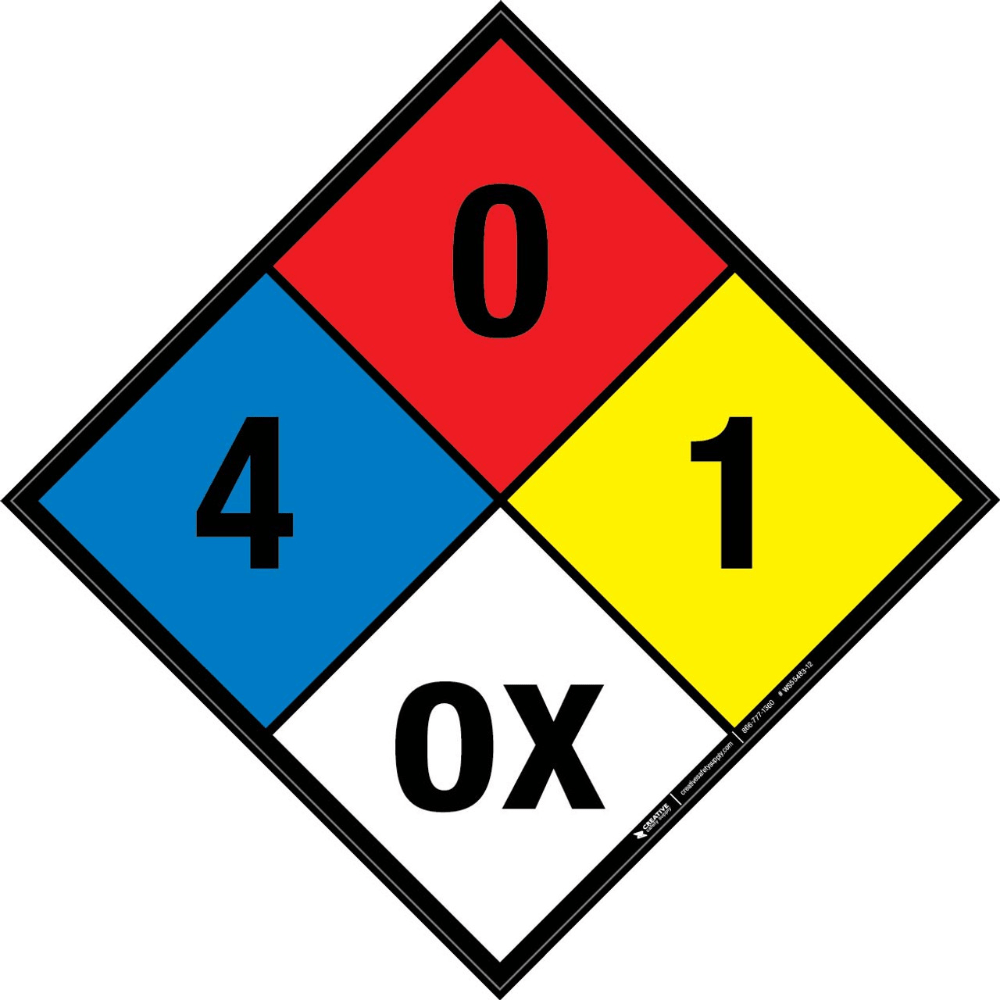The medically-related cousin of mechanism of injury in the size-up is known as this.
Nature of illness (NOI)
The "M" in the MARCH mnemonic means this
Massive hemorrhage
This abdominal quadrant is palpated last in a patient with suspected appendicitis.
Right lower quadrant
HR x SV is the formula for this physiologic parameter
Cardiac output
This diabetic emergency usually presents with moist skin.
Hypoglycemia
Scene size-up includes scene safety, BSI, resources needed, MOI/NOI, and this important observation
Number of patients
Your AED just delivered a shock. You do this next.
Begin compressions
A patient with partial thickness burns on their chest and anterior left arm has been burned in this BSA percentage.
13.5%
This is the amount of dead air space in the lungs of an average adult.
150 mL
The "B" in the BEFAST stroke scale stands for this.
Balance
The most senior person arriving at an MCI scene dons this vest
Command
Occasional gasping breaths are considered this breathing pattern.
Agonal breathing
A patient who reports their feet are swollen and they've gained weight is experiencing this side heart falure.
Right-sided heart failure
This happens to the vascular tone of a patient who is experiencing anaphylaxis.
It decreases
The average adult BVM contains this volume of gasses.
1500 ml
What hazard identification system is pictured in this image?
NFPA 704
Readings below this oxygen saturation are considered hypoxia in the acute coronary syndrome patient.
90%
The pulse pressure does this when increased intracranial pressure is present.
The pulse pressure widens
A patient's heart rate would likely do this after taking a beta blocker medication.
Slow down
A patient who is asked to repeat a phrase but instead says random, incorrect words is experiencing this.
Aphasia
An MCI patient with a respiratory rate of 32 is tagged this color.
Red
Pediatric patients experiencing hypoxia differ from adult patients by exhibiting this sign.
Bradycardia
The absent lung sounds from spontaneous pneumothorax are usually found in this area of the lung.
Apex
This causes the diastolic BP to rise, contributing to narrowed pulse pressure
Increased vascular tone
Brusing around the umbilicus resulting from abdominal bleeding is known as this sign
Cullen's sign